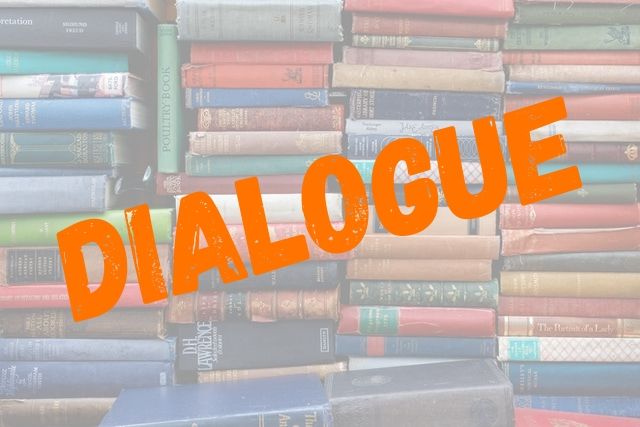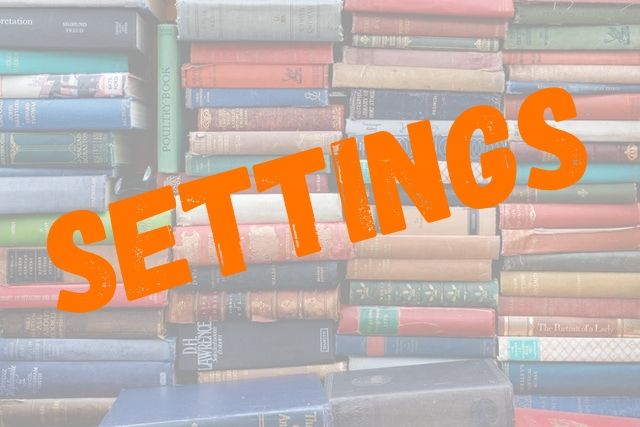Writing Well-Crafted Dialogue

Masterful dialogue is one of the writer's most important tools...
Read More
The ability to write good dialogue is like the Swiss Army Knife of the writer’s toolbox.
Masterfully written dialogue can do much of the heavy-lifting in any great story. Writing well-crafted dialogue is one of the most valuable tools in the writer’s arsenal and can help the writer overcome many other shortfalls or shortcomings. If the dialogue in your story is stilted, the story is stifled.
Dialogue needs to reveal character and help tell the story and move the plot forward. Well-written dialogue engages the reader in your story.
Many writers struggle to make dialogue realistic, which often comes at the price of inhibiting story progression, or worse, even boring the reader. Good dialogue writing needs to sparkle and sing off the page – it needs to toe the line between being both believable AND yet better than real-life dialogue. Great dialogue needs to sound credible without being boring. Study people’s speech patterns as you converse and you’ll note halting speech patterns and meaningless tangents.
Good dialogue has its own music but also its own rhythm. Remember that you’re dialogue is not only where things happen, are said (or sometimes left unsaid), thoughts and feelings are shared but it’s where the characters come alive in your story.
When thinking about the rhythm of your dialogue, make it distinct in length so it stands out and breaks up the prose. It gives shape not only to the story and narrative, but to the words on the page. Have action occur within the conversation.
Dialogue needs to be power-packed, poignant and compelling. Leave the boring bits and the tangents out but devote time to crafting dialogue so that it does much of the storytelling for your narrative. The best dialogue writing leaves out the boring parts, it’s parsed down only into the most interesting and vital elements that give your scenes pace – and help propel your characters, scenes and story forward while holding reader interest.
Make your dialogue dramatic. Many of the most evocative dialogue scenes don’t begin at the beginning with hellos or how are yous, they join the conversation at its meat. Just as you don’t have to begin in the beginning, you can use your dialogue to create drama or intrigue by jumping out of the conversation before it truly finishes.
Powerful dialogue will be turgid with meaning and even subtext and is generally devoid of exposition. While it's good to have your characters engaging and acting while speaking, they need not be speaking about what they are doing. The dialogue should be able to stand alone.
Each of your characters should speak with their own distinct voice. A good way to test if you have achieved this is to remove the dialogue tags from your writing and see if your reader can still tell who is speaking.
As you review your writing, it’s a good idea to always read your dialogue aloud, the way it’s meant to be heard.
DIALOGUE WRITING EXERCISE: Practice writing entire scenes with only dialogue in order to improve and perfect your ability to write strong and compelling character dialogue.
As you move toward your final editing stage, another good way to improve your dialogue-heavy scenes is to keep a separate file exclusively for each main characters dialogue and work on making sure that you give them distinct voices and speech patterns.

Masterful dialogue is one of the writer's most important tools...
Read More
Scenes are the fundamental building blocks of story...
Read More
How to enhance and enliven your story's setting...
Read More
Feed your muse and you start to see the world in terms of story...
Read More
Don't Get too Comfortable in Your Comfort Zone...
Read More